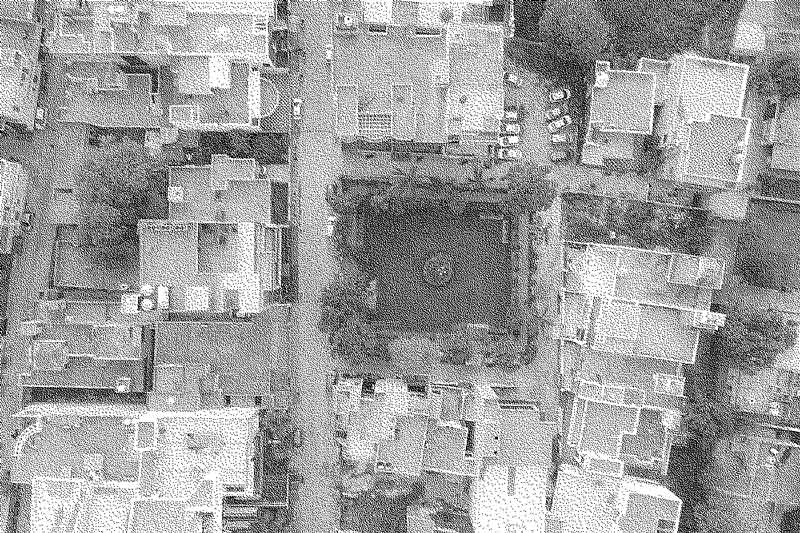
Vernacular architecture brings together all the constructions and developments specific to a geographical locality.
These constructions and developments were often built using traditional techniques before industrialization, which is why we sometimes speak of traditional architecture.
When we look at bioclimatic design and the importance of designing from climate, we see that vernacular architecture is full of passive strategies and solutions for heating, cooling and natural ventilation.
However, it should not be considered that everything vernacular has necessarily been determined by climate, because many other factors are involved (culture, religion, prestige, etc.).
Without falling into strict determinism, we must look at vernacular architecture as a set of attempts to live with the climate.
With a little practice, it is possible to deduce the main climatic characteristics of a place simply by observing the type of vernacular construction found there.
We can then consider that the traditional and vernacular architecture of a region symbolizes a particular type of climate.
I had the pleasure of addressing this subject in episode 16 of the Focale podcast dedicated to photography and produced by Simon Guesdon.
Sources: G. and J.-M. Alexandroff, B. Rudofsky, A. Rapoport.
Image: Unsplash, Chander Mohan